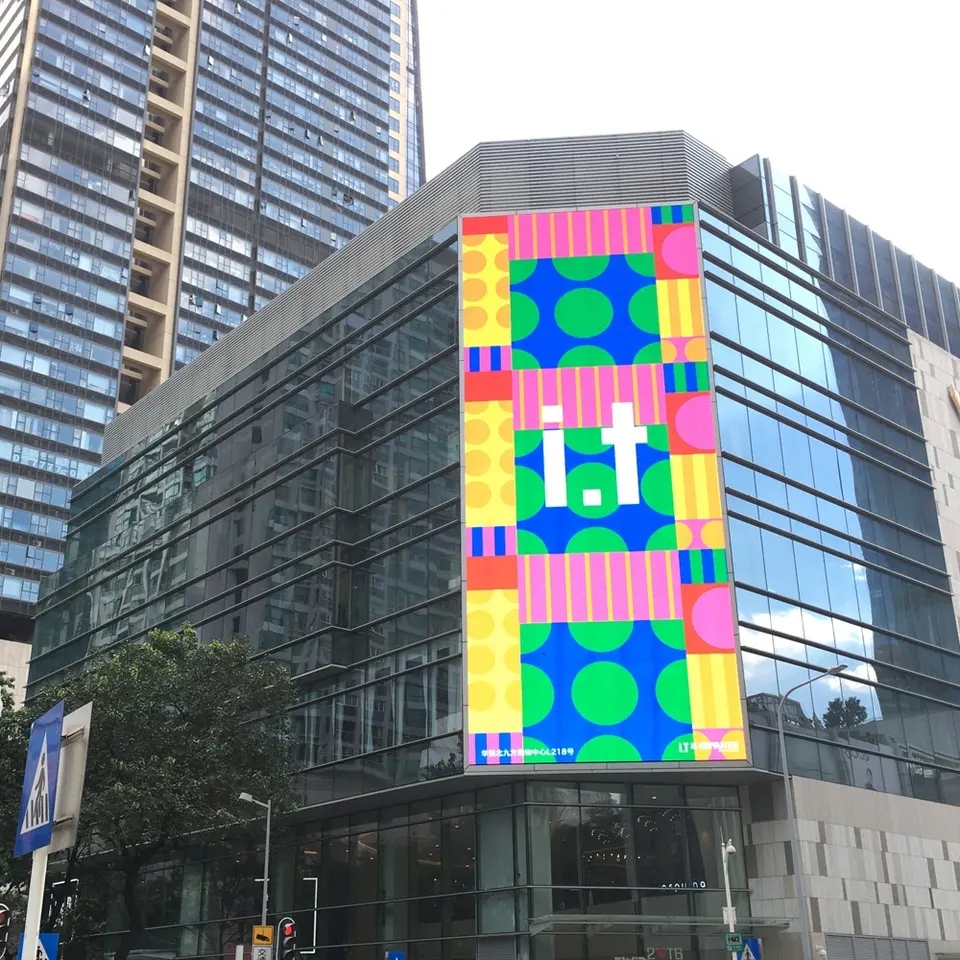I believe everyone is familiar with LCD liquid crystal displays and LED screens, which are widely used in current electronic products, from all-in-one computers, televisions, laptops, and even mobile phones. LCD displays are indispensable. Below, a distinction between LCD and LED screens:
1、 What is LCD?
LCD is the full name for Liquid Crystal Display, which mainly includes TFT, UFB, TFD, STN and other types of liquid crystal displays that cannot locate program input points on dynamic link libraries.

The commonly used laptop LCD screen is TFT. TFT (ThinFilmTransistor) refers to a thin film transistor, where each LCD pixel is driven by a thin film transistor integrated behind the pixel, enabling high-speed, high brightness, and high contrast display of screen information. It is currently one of the best LCD color display devices and the mainstream display device on laptops and desktops. Compared to STN, TFT has excellent color saturation, restoration ability, and higher contrast. It can still be seen very clearly in the sun, but the disadvantage is that it consumes more power and has a higher cost.
2、 What is LED?
LED is the abbreviation for LightEmitting Diode. LED applications are divided into two categories: ① LED display screens; ② It is an LED single tube application, including backlight LED, infrared LED, etc. At present, the design and production technology level of LED screens in China is basically in sync with international standards. The LED display screen is composed of an arrangement of light emitting diodes. It adopts low voltage scanning drive and has the characteristics of low power consumption, long service life, low cost, high brightness, few faults, large viewing angle, and long visual distance.
3、 Comparison between LCD and LED
Compared to LCD displays, LED displays have advantages in brightness, power consumption, viewing angle, and refresh rate, which have been removed from the navigation of this webpage. By utilizing LED technology, it is possible to manufacture displays that are thinner, brighter, and clearer than LCDs.
1. The power consumption ratio of LED to LCD is approximately 1:10, making LED more energy-efficient.
2. LED has a higher refresh rate and better performance in video.
3. LED provides a wide viewing angle of up to 160 °, which can display various text, numbers, color images, and animation information. It can play color video signals such as TV, video, VCD, DVD, etc.
4. The individual element reaction speed of LED display screens is 1000 times that of LCD LCD screens, and they can be viewed without error under strong light, and can adapt to low temperatures of -40 degrees Celsius.
Simply put, LCD and LED are two different display technologies. LCD is a display screen composed of liquid crystals, while LED is a display screen composed of light-emitting diodes. However, the current LED display screens on the market are not truly LED screens, but rather LED backlit LCD displays. The LCD panel is still a traditional LCD display screen.
For liquid crystal displays, the most important key is their LCD panel and backlight type. However, the LCD panels on the market generally use TFT panels, which are the same. The difference between LED and LCD is only their backlight type: LED backlight and CCFL backlight (also known as fluorescent lamps), which are diodes and cold cathode lamps, respectively.
